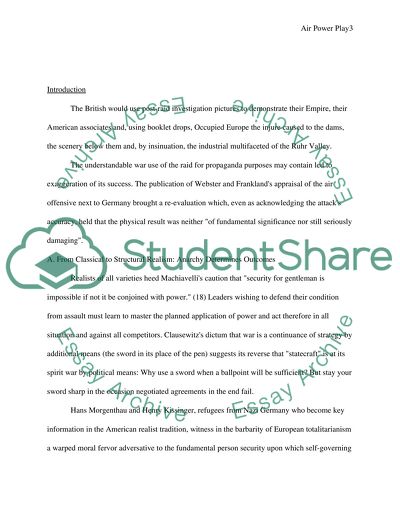Cite this document
(“Air Power Essay Example | Topics and Well Written Essays - 3000 words”, n.d.)
Air Power Essay Example | Topics and Well Written Essays - 3000 words. Retrieved from https://studentshare.org/politics/1511956-air-power
Air Power Essay Example | Topics and Well Written Essays - 3000 words. Retrieved from https://studentshare.org/politics/1511956-air-power
(Air Power Essay Example | Topics and Well Written Essays - 3000 Words)
Air Power Essay Example | Topics and Well Written Essays - 3000 Words. https://studentshare.org/politics/1511956-air-power.
Air Power Essay Example | Topics and Well Written Essays - 3000 Words. https://studentshare.org/politics/1511956-air-power.
“Air Power Essay Example | Topics and Well Written Essays - 3000 Words”, n.d. https://studentshare.org/politics/1511956-air-power.


